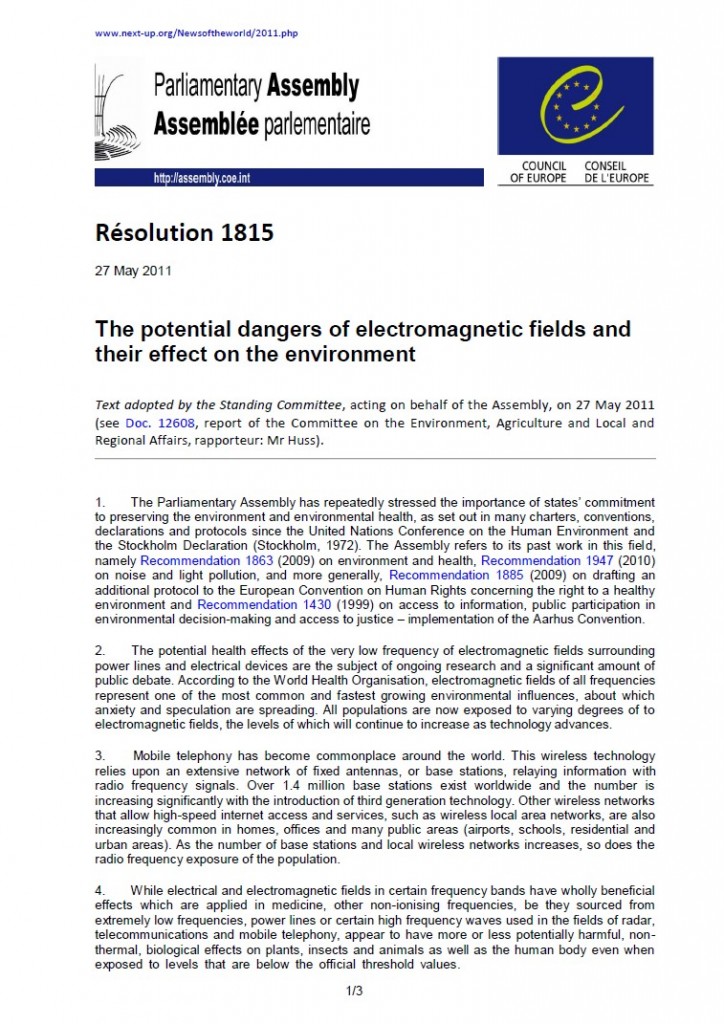Portada del sitio > Estudios Científicos > Cognitive effects of radiation emitted by cellular phones: the influence of (...)
Bioelectromagnetics. 2009 Apr;30(3):198-204.

Cognitive effects of radiation emitted by cellular phones: the influence of exposure side and time
Sábado 2 de mayo de 2009 · 927 lecturas
Links
Cognitive effects of radiation emitted by cellular phones: the influence of exposure side and time.
Luria R, Eliyahu I, Hareuveny R, Margaliot M, Meiran N.
Ben-Gurion University of the Negev, Beer-Sheva, Israel. roy.luria@unipd.it
This study examined the time dependence effects of exposure to radiofrequency radiation (RFR) emitted by standard GSM cellular phones on the cognitive functions of humans. A total of 48 healthy right-handed male subjects performed a spatial working memory task (that required either a left-hand or a right-hand response) while being exposed to one of two GSM phones placed at both sides of the head. The subjects were randomly divided into three groups. Each group was exposed to one of three exposure conditions: left-side of the head, right-side, or sham-exposure. The experiment consisted of 12 blocks of trials. Response times (RTs) and accuracy of the responses were recorded. It was found that the average RT of the right-hand responses under left-side exposure condition was significantly longer than those of the right-side and sham-exposure groups averaged together during the first two time blocks. These results confirmed the existence of an effect of exposure on RT, as well as the fact that exposure duration (together with the responding hand and the side of exposure) may play an important role in producing detectable RFR effects on performance. Differences in these parameters might be the reason for the failure of certain studies to detect or replicate RFR effects. (c) 2008 Wiley-Liss, Inc.
PMID: 19194860 [PubMed - in process]
Ver el abstract original AQUÍ







